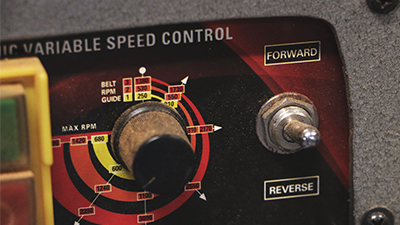If you’re like me and have watched a woodturner create a beautiful bowl or any other item while turning a block of plain wood on a wood lathe, it may have been inspired you to learn more about the craft. While it takes skill and creativity to do this, learning the fundamentals of woodturning isn’t too challenging. As soon as you learn how to use a wood lathe and follow proper safety tips, utilizing your tools will become simple. Below I will cover some fundamental principles behind woodturning.
It’s important to know that the wood lathe direction should rotate the wood in the counterclockwise direction, referred to as the “forward” direction on most woodturning lathes. Once your wood piece is turning in the counterclockwise direction, you will be able to use the lathe tool’s edge to cut into and carve the wood to your desired shape.
Since there isn’t much information available on the Internet today covering how to turn wood and safety tips for using a wood lathe, I created this article to help you. Below I’ll cover what direction a wood lathe turns and why, as well as some information about woodturning, including safety tips.
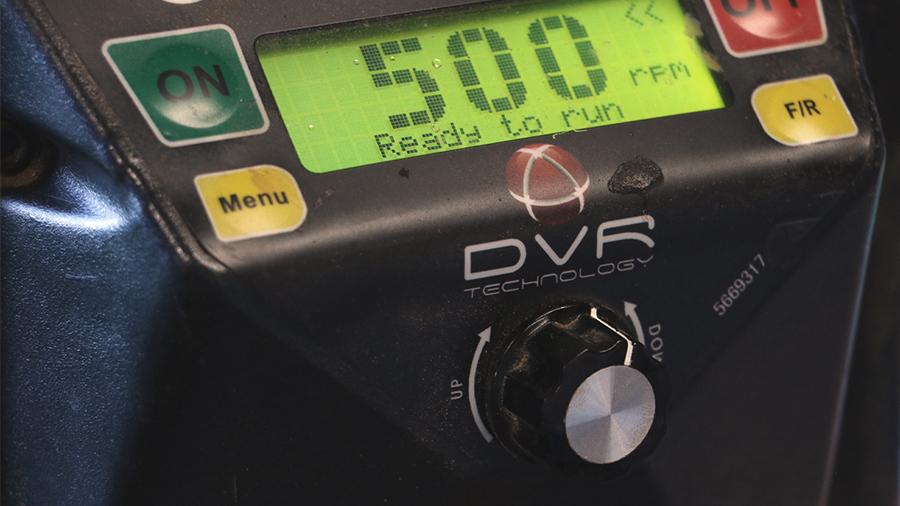
Which Direction Does a Wood Lathe Turn, and Why?
A wood lathe needs to turn in a counterclockwise direction so that you don’t jam the wood as you are turning it. To begin, you need to turn your wood lathe on and ensure that you’ve set the speed at its lowest setting for safety reasons. Next, put the cutting edge of the wood lathe’s tool onto the rest and keep your blade clear of the rotating wood piece.
Now you need to check on your grip and ensure it is firm on the tool. The tool should be firm on its rest. After you’ve done that, slowly move the turning tool’s edge toward the workpiece as the wood spins in the counterclockwise direction. Move into the workpiece until the cutting edge barely grazes your wood. As you move the turning tool on the rest, it should remain perpendicular to the workpiece. Use the sharp-edged tool on the rotating piece of wood to create a symmetrical item
If you move the woodturning tool too quickly or make movements that feel forced, you may jam your tool into the wood. That means you might break the wood piece or let go of your grip on the tool. The wood lathe may stall out if any of this occurs. Unfortunately, you do need to be careful when you do this because starting is one of the most dangerous parts of utilizing a wood lathe.
Some lathes offer the option of turning clockwise (or reverse direction); this is in part to enable and assist in varying the sanding direction. You should never try and cut, carve, or shape a wood piece using this turning direction.
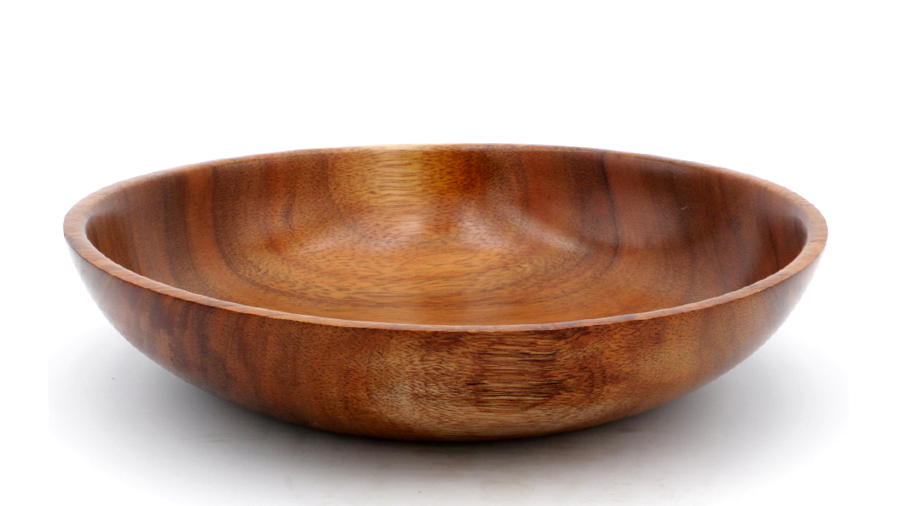
Wood Lathes and Creating Objects
Woodturning involves carving wood blocks into various symmetrical objects. For example, people often make things when woodturning like
- Wood spindles
- Wood bowls
- Wood cups
Woodturning involves utilizing a lathe that is motor-driven and spins to shape the wood at a rapid rate. At the same time, cutting tools, like several knives and chisels, help slowly carve the wood piece into the necessary shape.
Woodturning is often considered to be another element of woodworking to some. However, other people argue that woodturning is a different craft compared to woodworking. That’s because woodturners typically devote themselves only to woodturning and not woodworking. Therefore, many woodturners have no other interest in other woodworking skills since wood lathes allow for an endless number of objects to be created.
If you’d like to learn proper woodturning skills, I’ve conducted several tips and pointers to help you safely get started below.
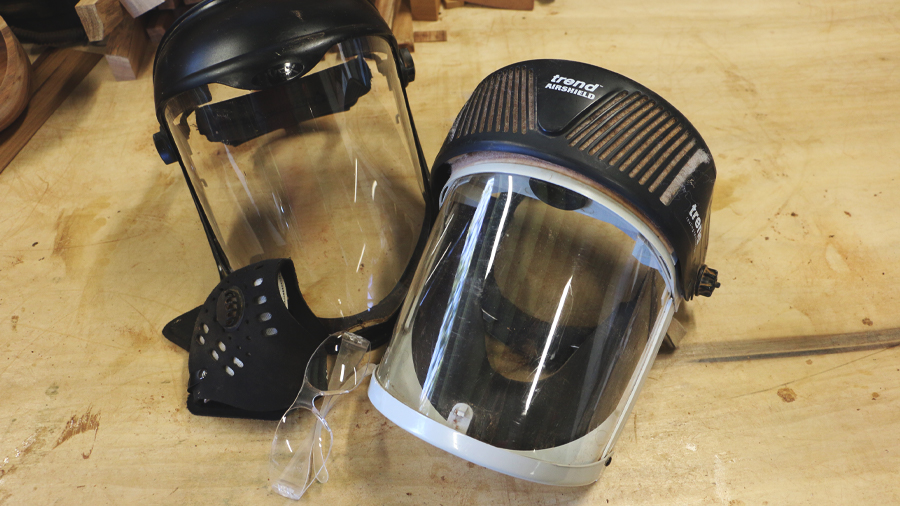
Woodturning Safety Tips to Practice
The below tips highlight the essential elements of proper woodturning techniques, highlighting the importance of safety. Woodturning is one of the safer things you can do while utilizing power tools. However, you still need to pay attention to some safety tips if you want to ensure proper woodturning development.
- Make sure you maintain a clean working area for both safety and effectiveness.
- Regularly inspect your wood lathe to ensure the fittings on your lathe are tight and securely attached.
- Ensure that you keep your woodturning tools both sharp and clean. Using dull tools can cause that tool to catch onto a wood workpiece that is spinning. Keeping your tools razor-sharp ensures they will cut the wood safely and easily.
- Proper lighting is important because you need to see what you are cutting to keep yourself safe during the process.
- Make sure the wood stock you use is of a high-quality. If you try to use wood workpieces that feature knots or cracks, you’ll find they more easily break apart or hook onto cutting tools, which can create a safety issue.
- Wear tight clothing when you are woodturning. Baggy clothing can easily get caught on your woodturning tools.
- Make sure you wear eye protection and a face shield when you are woodturning. If a wood workpiece breaks apart while you work, you can severely damage your eyes if you fail to wear protection.
The Common Woodturning Cuts
When using a spindle to turn blocks of wood, you can create several different items. Still, no matter how fancy you want to make the final shape of your object, most of the profiles and cuts used in woodturning are basic and common, and you use a combination of different cuts to create your final item.
The most common cuts in woodturning include
- V-grooves
- Square cuts
- Fillets
- Coves
To make these types of cuts, you only need four tools on your wood lathe to cut them. Those tools include
- A roughing gouge
- Skew chisels
- Parting tool
- Your wood lathe
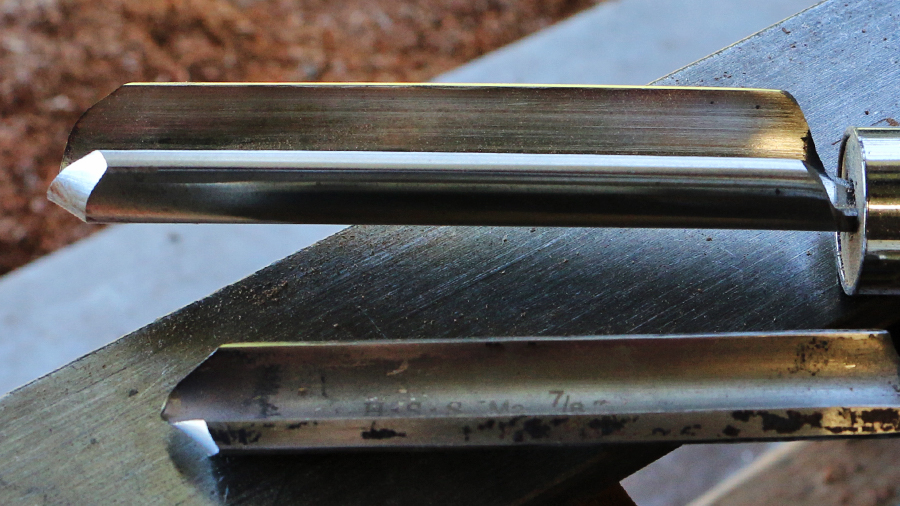
Using a Roughing Gouge
When it comes to starting your woodturning project on your lathe, you’ll usually start with your roughing gouge. A roughing gouge can be utilized to formulate the fundamental shape of your design, no matter what you are making. You can use a roughing gouge to make a wide variety of items, including:
- A bowl
- A bottle stopper
- A spindle
- Just about any other woodturning project you want to undertake.
All roughing gouges are quite versatile by nature. Still, you need to make sure you use your roughing gouge safely and properly if you want to create the best results. When you first start learning the art of woodturning, the very first thing you’ll want to learn is how to use a roughing gouge correctly. So, that’s the first thing you should start practicing before you get involved much further in any woodturning projects.
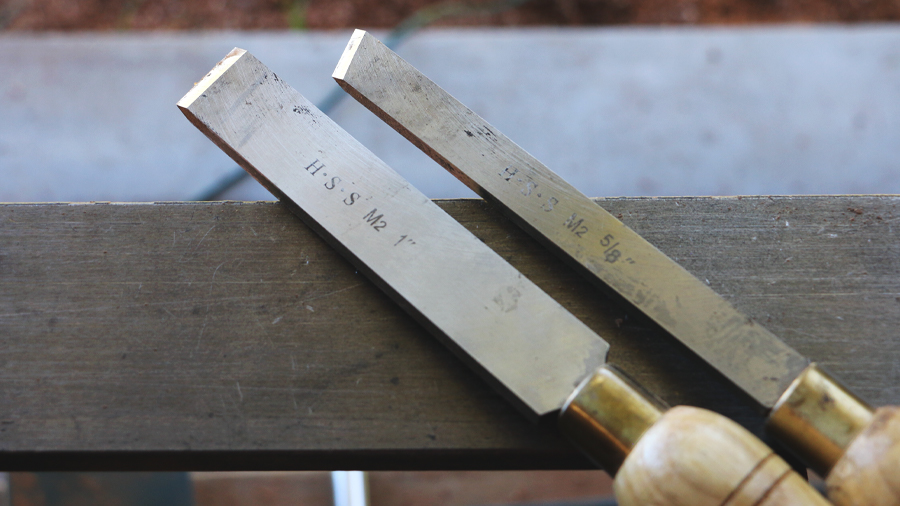
Be Careful When Using Skew Chisels
Skew chisels are one of the most dangerous woodturning tools with which you can work. So, when you first start using a skew chisel, make sure you take things slow so that you stay safe. Skew chisels are occasionally used for creating square grooves in a wood workpiece. On top of that, a skew chisel can also help shape and plane different wood piece profiles and shapes.
Regardless, the skew chisel tends to grab and catch while you are woodturning. So, it’s best to start using a skew chisel after you’ve gotten more practice working with other tools. You need to ensure that you know all safety precautions so that you don’t harm your hands when using a skew chisel. Keep in mind that practice makes perfect when it comes to a skew chisel.
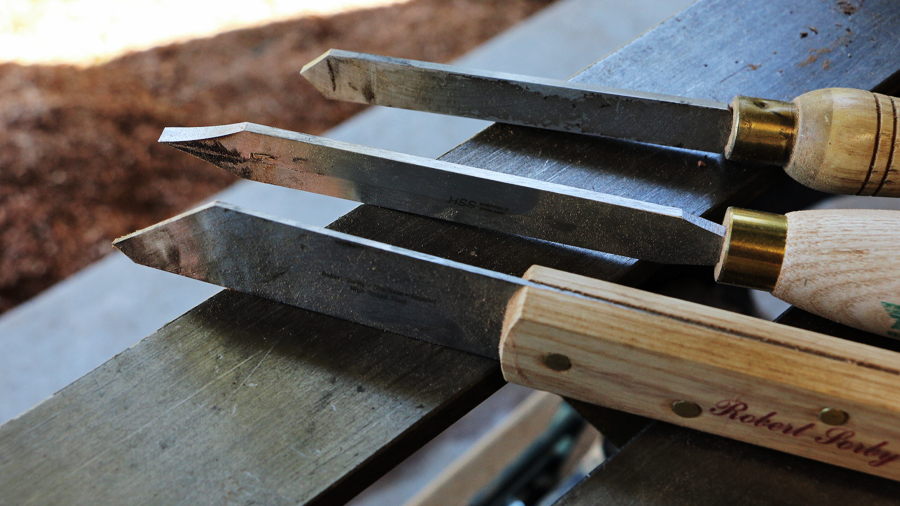
Get Used to Your Parting Tool
Another thing you’ll need to get used to if you want to develop a skill while woodturning is a parting tool. A parting tool works to separate a finished turning product from the rest of the wood stock you are using. It helps to split the wood stock into two distinct parts—that’s why it’s called a parting tool. You can also use a parting tool for other jobs, including making square-shaped grooves.
Final Thoughts
If you are wondering which direction your wood lathe should turn, remember that it always needs to be turning the workpiece in a counterclockwise direction. That way, you won’t jam your wood as you are turning. Make sure that when you turn your wood lathe on, you put it on the lowest power setting so that you stay safe. Also, never wear baggy clothing when you are woodturning, and always make sure to wear a face shield to protect your eyes and face.

